In the context of the national working group on marine litter, coordinated by FPS Environment (Marine Environment Service), and the Flemish Implementation Plan Plastics 2020-2025, coordinated by OVAM, VLIZ has drawn up a new policy informing brief providing an overview of the available scientific studies on (marine) litter and microplastics in Belgium. In addition to an update of the available expertise on marine litter, the new note maps the Belgian (marine) research landscape on this topic and also addresses the research needs.
The note shows that this global problem is also very present in our sea and on the beach. On the seabed of the Belgian part of the North Sea, an average of 126 items per km² of litter is found. On the Flemish beaches, there is an average of 137 items per 100 metres of tide line. The vast majority (90 and 80% respectively) of this litter consists of plastic, both on the seabed and on the beach. Microplastic waste (microplastics) is also abundant in the Belgian part of the North Sea with concentrations up to 330 particles per kg of sediment.
The note shows that this global problem is also very present in our sea and on the beach. On the seabed of the Belgian part of the North Sea, an average of 126 items per km² of litter is found. On the Flemish beaches, there is an average of 137 items per 100 metres of tide line. The vast majority (90 and 80% respectively) of this litter consists of plastic, both on the seabed and on the beach. Microplastic waste (microplastics) is also abundant in the Belgian part of the North Sea with concentrations up to 330 particles per kg of sediment.
Since 2002, Belgium has been conducting research into the presence and possible effects of litter in the North Sea and on beaches, and in the meantime the first steps have been taken towards routine monitoring of microplastics. A great deal of effort is being put into the detection and quantification of the smallest fraction of microplastics and nanoplastics. Given the social importance of this issue, not only the Flemish researchers are committing themselves, but there is also a growing awareness among players in the Blue Economy, and research into innovative solutions for marine litter and microplastics is already being initiated from this corner. For example, since last year, scientists and innovation actors have been working together in the Pluxin project, a project that attempts to quantify the plastic flux to the sea (via rivers and ports, among others).
More info on marine litter in Belgium can be found in the note (Dutch).


